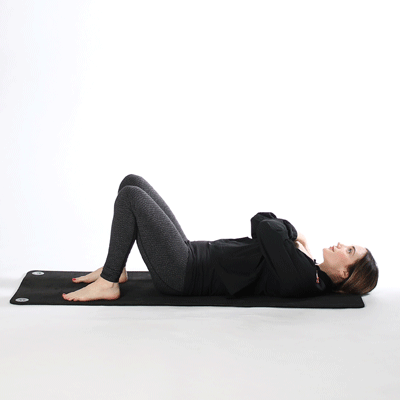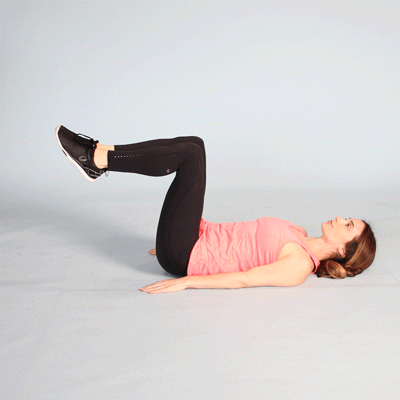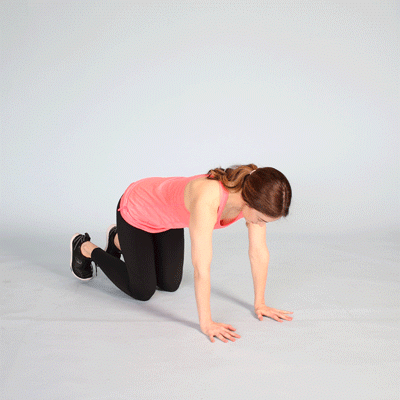The Best Core Exercises for All Fitness Levels
We include products we think are useful for our readers. If you buy through links on this page, we may earn a small commission or other tangible benefit. Wellos and Healthline Media are owned by RVO Health. Here’s our process.
How we vet brands and products
Healthline only shows you brands and products that we stand behind.
Our team thoroughly researches and evaluates the recommendations we make on our site. To establish that the product manufacturers addressed safety and efficacy standards, we:Core exercises can include yoga poses, crunches, planks, and other exercises that incorporate additional muscles.
Whether you’re pushing a grocery cart or putting on shoes, you use your core to accomplish a lot of everyday activities. It also affects your balance, posture, and stability.
Contrary to popular belief, your core doesn’t just include your abdominal muscles. It also consists of muscles in your back and around your pelvis.
Your core, or trunk, includes your:
Other muscles that make up your core include your:
Keeping these muscles strong helps stabilize your body, support your spine, and enhance your overall fitness.
Read on for the best core-strengthening moves for every fitness level.
Beginner moves
If you’re new to exercise or if you haven’t exercised in a long time, start with these beginner moves.
It may also be a good idea to consult with a personal trainer, if you can, to talk about the right amount of reps and sets for your personal fitness level and goals.
Throughout these exercises, you’ll see the phrase “tighten your core” — but how do you know if you’re actually doing that?
One good way to start is to inhale, and as you’re doing that, imagine you’re bringing your belly button toward your spine. Hold your muscles tight in that position for a few seconds.
This feeling of braced stomach muscles is what it feels like to engage — or tighten — your core.
Bridge
This pose activates your glutes to lift your hips, which helps train your core while toning your butt and thighs.
Crunch
Crunches are a classic core-strengthening move. The act of lifting your upper body works your abdominal muscles.
If you have occasional low back pain, do crunches with care — move slowly and start with just a few reps.
If your low back pain is chronic, talk with a certified trainer or healthcare professional before attempting this classic crunch. It may not be the best option for you.
 Share on Pinterest
Share on Pinterest Supine toe tap
This is a basic Pilates exercise. It engages your core muscles while working your glutes, hips, and legs.
Toe taps also place minimal pressure on your spine. If you have back pain, toe taps may be an ideal alternative to crunches.
 Share on Pinterest
Share on Pinterest Bird Dog
The bird dog engages both your abdominal and back muscles, so it’s an ideal core-strengthening move. It also challenges your coordination, balance, and stability.
 Share on Pinterest
Share on Pinterest Bicycle crunch
Share on PinterestThis variation on a regular crunch works your obliques, rectus abdominous, and hips.
Start with your back on the floor, with your left knee bent and drawn toward your chest. Keep your right leg straight and slightly lifted off the floor. Place your hands behind your neck or the lower part of your head — be careful not to pull on your neck while you do this move.
Intermediate moves
As you get stronger, take it up a notch with these intermediate exercises.
Plank
The plank is a full-body exercise that targets your core. It also strengthens your arms, shoulders, back, glutes, and legs.
Share on PinterestTo make this exercise easier, keep your knees on the floor, with your weight over your hands. Keep a straight line from your knees to shoulders.
Warrior crunch
This crunch variation works your core and lower body, including your thighs, glutes, and quads.
Share on PinterestBird dog with elbow to knee
This variation on the basic bird dog incorporates fluid movement to engage your abs and back while improving core mobility.
Share on PinterestAdvanced moves
Once you’ve mastered intermediate moves, challenge yourself to an advanced core routine. These exercises will further build core strength by engaging your muscles in more complex ways.
Mountain climber
This intermediate exercise combines a plank with knee movements, so it’s an excellent move for balance and core strength.
Share on PinterestSide plank with rotation
This exercise is an advanced version of the basic plank. It strengthens your arms, shoulders, and obliques by combining a side plank with arm movements.
Share on PinterestTurkish get-up
Share on PinterestThis full-body movement is a great way to increase spinal stabilization, as well as improve mobility in your hips, lumbar spine, and thoracic spine. It’s also great for increasing strength in the ab muscles around your spine, as well as your shoulders.
Try this movement once or twice without a weight, and then start with something light (think 5 pounds) to make sure your shoulders are stable enough to handle weight overhead. Use a heavier weight as you build strength.
The bottom line
Whether you’re looking to kick-start a regular exercise routine or add an extra push to your existing one, core-strengthening moves are a great starting place.
Talk with your healthcare professional before starting a new exercise routine. If you have a past or current back injury, consult a certified personal trainer, if you can They can show you how to safely tone and train your core.
Posted : 2023-12-14 08:56
Read more

Disclaimer
Every effort has been made to ensure that the information provided by Drugslib.com is accurate, up-to-date, and complete, but no guarantee is made to that effect. Drug information contained herein may be time sensitive. Drugslib.com information has been compiled for use by healthcare practitioners and consumers in the United States and therefore Drugslib.com does not warrant that uses outside of the United States are appropriate, unless specifically indicated otherwise. Drugslib.com's drug information does not endorse drugs, diagnose patients or recommend therapy. Drugslib.com's drug information is an informational resource designed to assist licensed healthcare practitioners in caring for their patients and/or to serve consumers viewing this service as a supplement to, and not a substitute for, the expertise, skill, knowledge and judgment of healthcare practitioners.
The absence of a warning for a given drug or drug combination in no way should be construed to indicate that the drug or drug combination is safe, effective or appropriate for any given patient. Drugslib.com does not assume any responsibility for any aspect of healthcare administered with the aid of information Drugslib.com provides. The information contained herein is not intended to cover all possible uses, directions, precautions, warnings, drug interactions, allergic reactions, or adverse effects. If you have questions about the drugs you are taking, check with your doctor, nurse or pharmacist.
Popular Keywords
- metformin obat apa
- alahan panjang
- glimepiride obat apa
- takikardia adalah
- erau ernie
- pradiabetes
- besar88
- atrofi adalah
- kutu anjing
- trakeostomi
- mayzent pi
- enbrel auto injector not working
- enbrel interactions
- lenvima life expectancy
- leqvio pi
- what is lenvima
- lenvima pi
- empagliflozin-linagliptin
- encourage foundation for enbrel
- qulipta drug interactions
